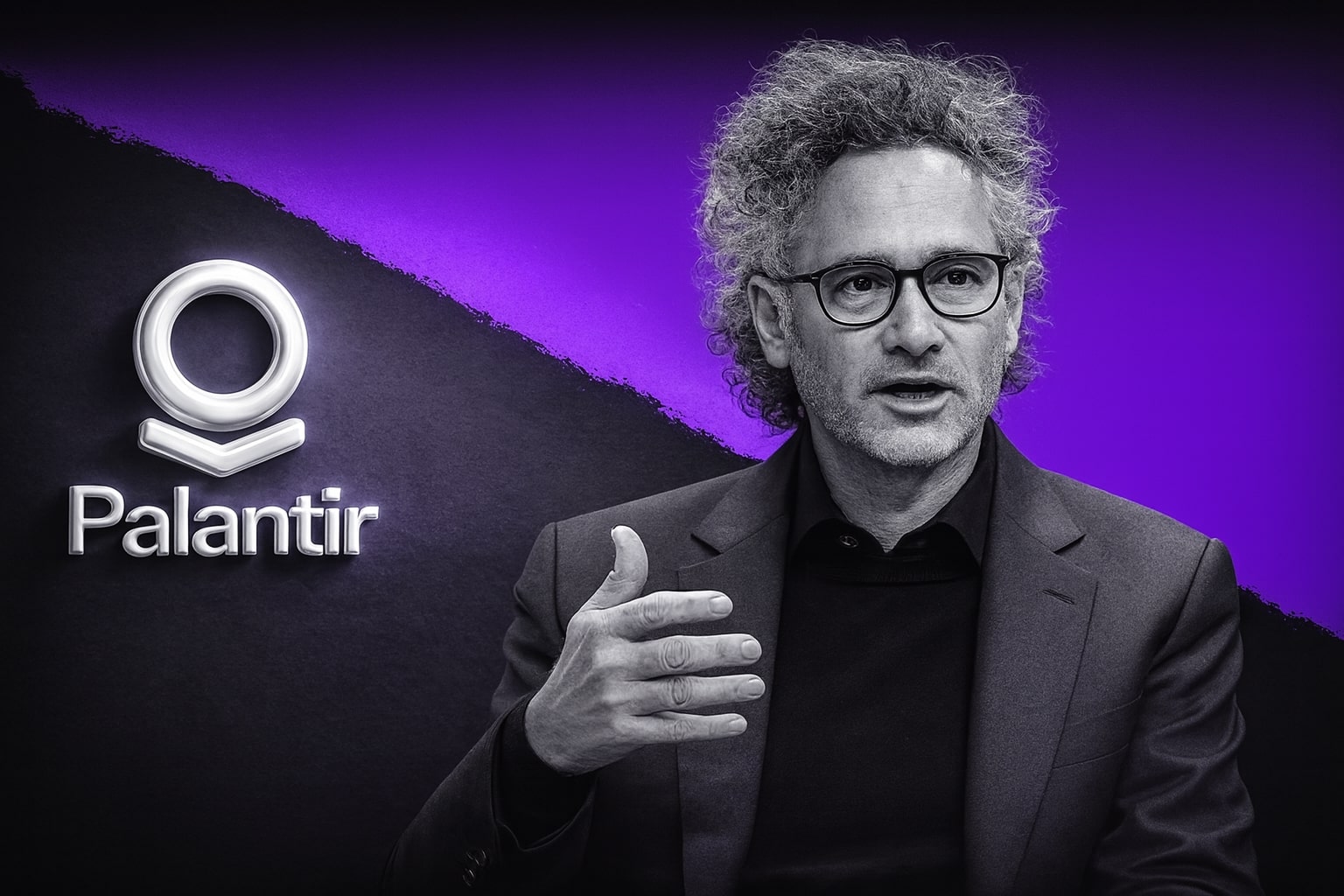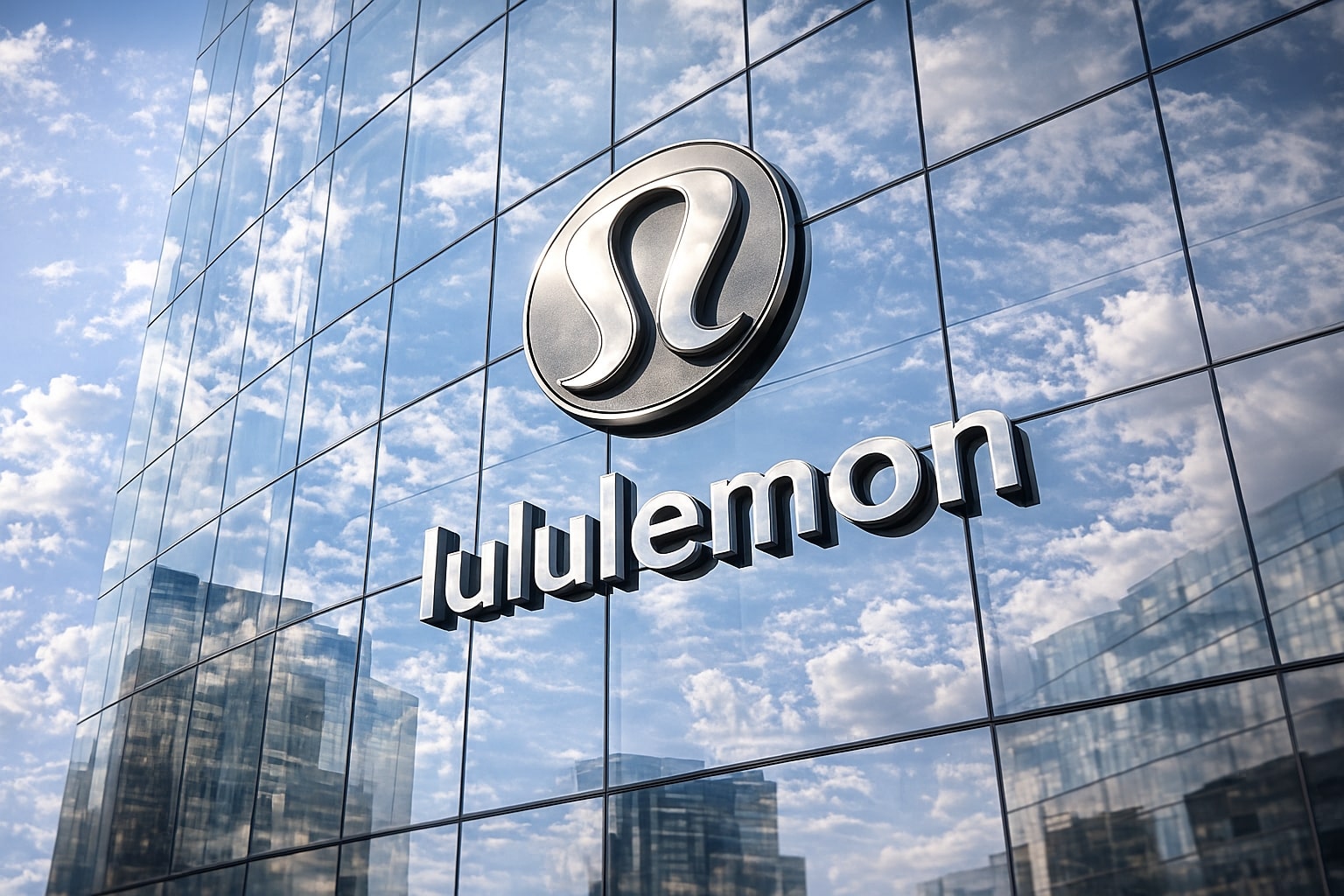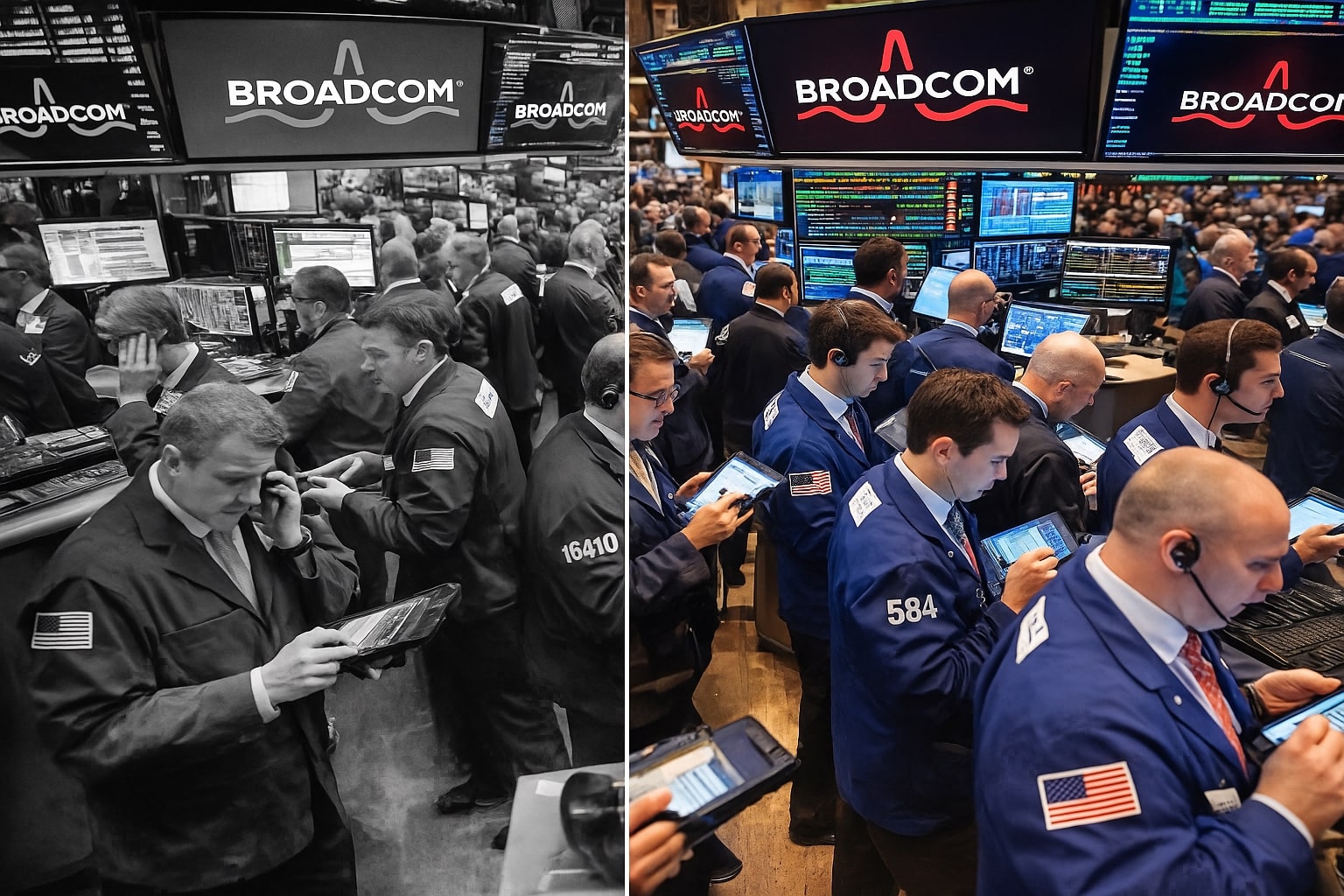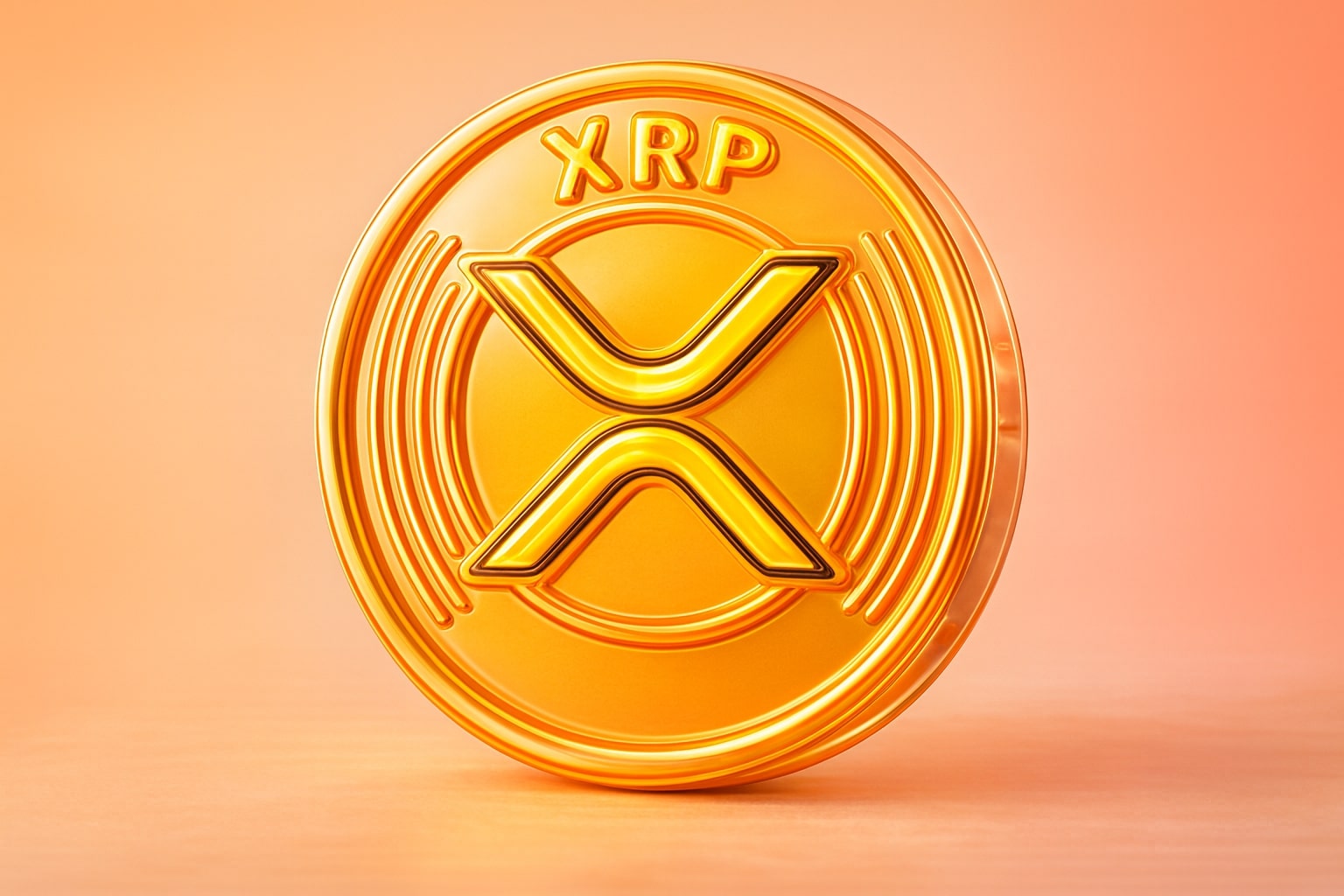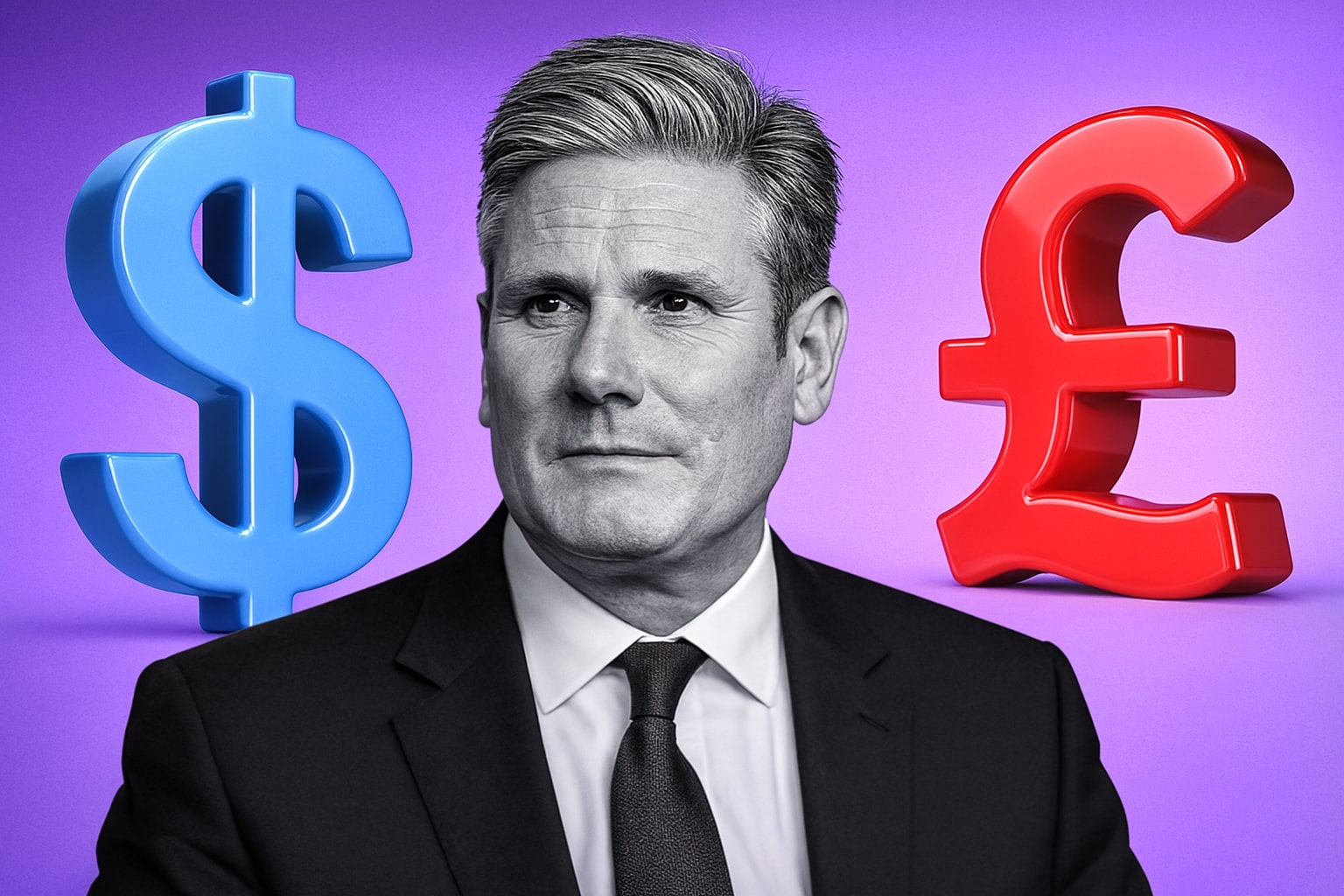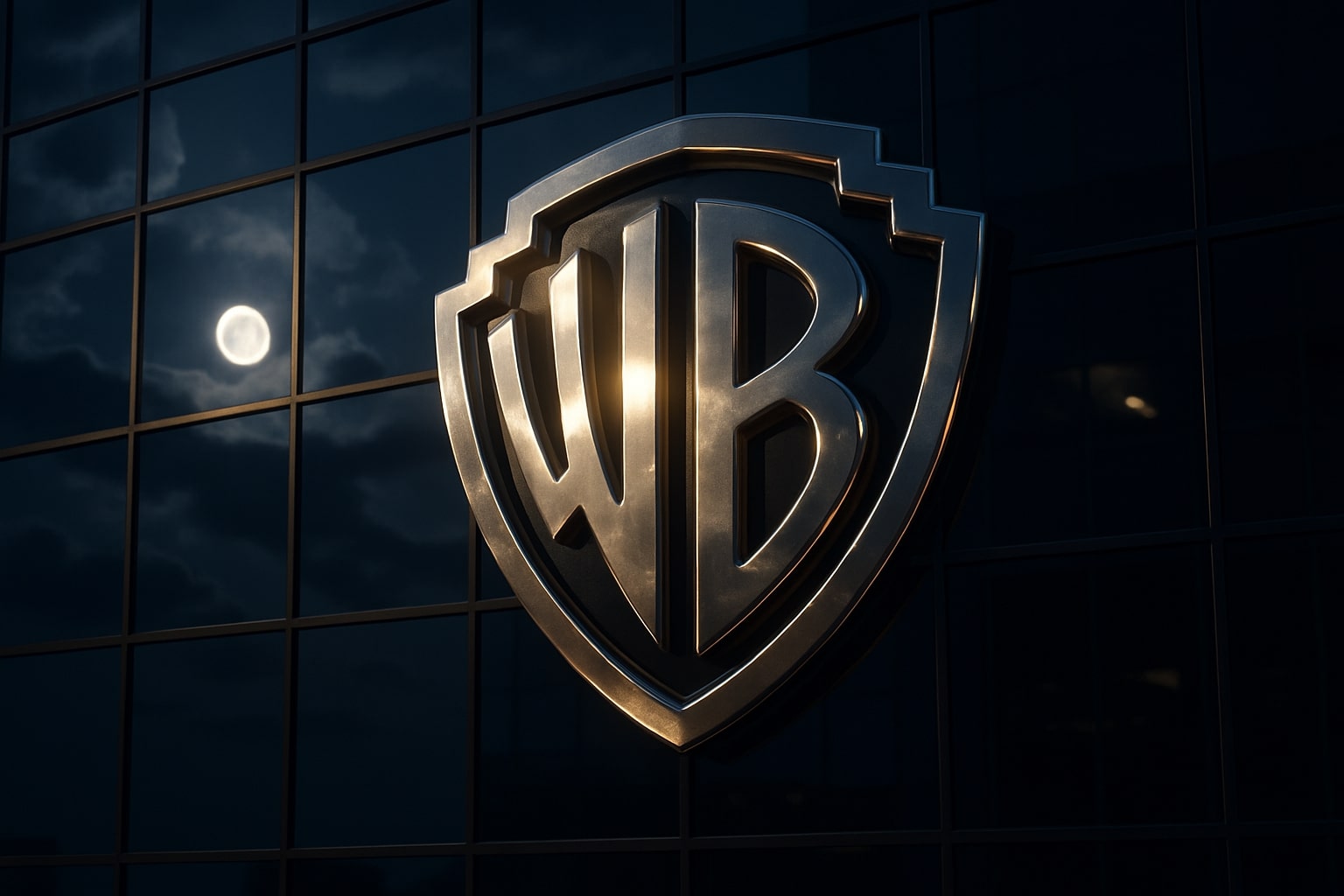
Warner Bros Stock Price Forecast - WBD Climbs to $20.92 After Hours as Paramount’s $24 Bid Renews M&A Momentum
As buyout rumors reignite, Warner Bros. Discovery posts $9.81B in quarterly revenue and $1.58B in net income, with after-hours trading lifting WBD shares to $20.92 | That's TradingNEWS
Warner Bros. Discovery (NASDAQ:WBD) Battles Buyout Speculation and Streaming Competition as Valuation Tightens Around $20.92
Paramount Skydance’s Bid Sets a $24 Benchmark for Warner Bros. Discovery’s Market Value
Warner Bros. Discovery (NASDAQ:WBD) traded at $20.53 (+0.98%) on October 22, with after-hours activity pushing the stock higher to $20.92 (+1.90%). The company remains at the center of a strategic standoff after Paramount Skydance (PSKY) raised its unsolicited bid to $24 per share, valuing Warner Bros. Discovery at roughly $60 billion. Despite rejecting the offer, CEO David Zaslav is seeking bids closer to $30, banking on the studio’s record-breaking 2025 box office slate and the structural split that will separate its Streaming & Studios division from Discovery Global Networks by mid-2026. Paramount’s latest proposal — backed by Larry Ellison’s capital — underscores that institutional investors now view Warner’s post-split structure as more valuable than its legacy conglomerate form.
WBD’s Financial Rebound Reinforces Leverage in Takeover Negotiations
Warner Bros. Discovery’s fundamentals have sharply improved. For Q2 2025, the company reported revenue of $9.81 billion (+1.02% YoY) and net income of $1.58 billion (+115.82%), while EBITDA rose 27.11% to $1.39 billion. The net profit margin climbed to 16.1%, reflecting operational efficiencies and aggressive cost discipline. This recovery was amplified by a 33.58% increase in cash holdings to $4.92 billion, signaling that management is deleveraging faster than expected. The free cash flow of $5.18 billion (-19.51%) remains robust, despite short-term capital fluctuations. Debt reduction continues to be Zaslav’s primary mandate, with total liabilities falling 11.34% year-over-year to $64.38 billion, and the net debt-to-EBITDA ratio nearing 3x, down from above 5x just two years ago.
Box Office Surge and Streaming Gains Support Strategic Split
WBD’s Streaming & Studios division has dominated 2025’s box office with $3.9 billion in total grosses, outperforming Disney’s $2.9 billion. Hits such as Superman: Legacy, The Conjuring Returns, and Minecraft: The Movie have revitalized Warner’s theatrical momentum. The company’s plan to produce 12–14 major films per year across Warner Bros., DC, and New Line Cinema aims to stabilize earnings volatility while leveraging franchise IP through HBO (Max) and other digital properties. Streaming now represents approximately 50% of company revenue, with subscriber growth reaching 126 million users (+30% in two years). However, the average revenue per user (ARPU) slipped to $7, down from $8, reflecting the wider industry trend toward ad-supported models. Despite this, WBD’s streaming EBITDA margin improved to 15%, up from 9% in 2024, signaling growing profitability even under competitive pricing.
Linear Networks Still the Cash Engine — For Now
While investors focus on the streaming narrative, Warner’s Global Linear Networks division remains the company’s most profitable arm, delivering 38% EBITDA margins. Revenue fell 5% year-over-year, consistent with the industry’s linear decline, yet it continues to provide steady cash flow for debt service and restructuring. The post-split plan will isolate this segment under Discovery Global, effectively allowing Warner to shield the higher-growth Streaming & Studios entity from legacy network drag. If executed successfully, the split could unlock an enterprise value of up to $99 billion, compared to WBD’s current $75 billion EV, based on segment-adjusted EBITDA and peer median multiples — 20x for Entertainment (Netflix, Disney) and 7x for Cable TV.
Strategic Tension: Zaslav Pushes for $30 While Market Values Cap at $24
Paramount’s second offer of $24 per share aligns closely with analysts’ fair value models post-split, representing a ~16% premium to the current price. However, Zaslav’s reported push for $30 or more has yet to attract credible competing bids. Netflix’s (NASDAQ:NFLX) co-CEO Ted Sarandos has hinted at selective interest in Warner’s content division but faces internal resistance from Greg Peters, with antitrust and debt concerns keeping them on the sidelines. Meanwhile, Comcast (NASDAQ:CMCSA) and Amazon (NASDAQ:AMZN) are unlikely to engage, both constrained by leverage and prior acquisitions. Even Apple (NASDAQ:AAPL) and Alphabet (NASDAQ:GOOG) have distanced themselves from M&A in entertainment. With Trump’s administration openly critical of NBCUniversal, a Comcast-Warner deal remains politically implausible.
The absence of a second credible bidder may leave Paramount in pole position — especially since its Ellison-backed structure and Washington connections give it an edge in regulatory approval. WBD’s management appears to be amplifying reports of “unsolicited interest” to elevate perceived demand ahead of Q3 earnings in November, where even moderate beats could justify firmer negotiation leverage.
Earnings Power and Valuation Reassessment for NASDAQ:WBD
The current P/E ratio of 68.09 may appear inflated, but normalized forward EPS growth (0.31 per share, +274.05% YoY) suggests the stock trades closer to 20x adjusted forward earnings — not excessive given its turnaround trajectory. With an enterprise value of $75 billion against TTM free cash flow of $4.1 billion, WBD yields a 5.4% FCF rate, lagging its 9.1% WACC but improving as debt servicing declines. If the split proceeds and Streaming & Studios EBITDA margins expand to 25%, total EV could rise to $137 billion, implying fair equity valuation near $27–$29 per share — aligning with Zaslav’s aspirational target.
Read More
-
Palantir Stock Price Forecast - Can a $440B AI Defense Powerhouse Grow Into Its $184.74 Price?
16.12.2025 · TradingNEWS ArchiveStocks
-
XRP Price Forecast - XRP-USD Drops to $1.87 as Whale Dumps $721M While XRP ETFs Quietly Cross $1B
16.12.2025 · TradingNEWS ArchiveCrypto
-
Oil Price Forecast - Oil Slide Hard; WTI CL=F Near $55, Brent BZ=F Below $60 as Market Bets on 2026 Supply Glut
16.12.2025 · TradingNEWS ArchiveCommodities
-
Stock Market Today: Dow (^DJI) 48,404 And S&P 500 (^GSPC) 6,812 Slip As Jobs Hit +64K And AVGO Sells Off
16.12.2025 · TradingNEWS ArchiveMarkets
-
GBP/USD Price Forecast - Pairs at 1.34 as Weak U.S. Jobs Data Clash with BoE Cut Bets into Year-End
16.12.2025 · TradingNEWS ArchiveForex
Inside the Boardroom: Major Holders and Insider Positioning
WBD’s leadership remains under pressure to justify its strategy. CEO David Zaslav’s compensation has drawn scrutiny, but large institutional holders — including John Malone, Vanguard, and BlackRock — continue to support management’s deleveraging roadmap. Notably, Malone previously sold puts to stabilize share value during volatility, signaling confidence in long-term recovery. Recent insider transactions show minor sales by senior executives but also significant holding retention, suggesting internal belief in post-split upside.
Operational Risks and Competitive Outlook
Despite theatrical strength, Warner remains exposed to cyclical film revenues and stiff streaming competition. Netflix’s 30% U.S. teen market share and Disney’s dual dominance in streaming and merchandising constrain Warner’s ability to scale ARPU. HBO Max’s declining U.S. share — now below 7% — emphasizes the need for new pricing models and international growth. Debt refinancing risk persists, with WBD’s 2033 bond yielding 7.6%, underscoring the market’s cautious view of its balance sheet. Fitch’s June downgrade to junk remains a warning that deleveraging must continue aggressively to sustain credit access.
Investor Positioning: Contrarian Opportunity or Structural Trap?
Market sentiment is split. Contrarian investors view the company’s decimated 2022–2023 price base — a fall from $31 to $7.25 per share — as an opportunity for multiyear recovery. The rebound to $20.92 represents a 188% gain from the lows, yet upside from here depends on execution. The Q3 2025 earnings, due early November, will be decisive in confirming whether Streaming & Studios profitability can offset linear losses. Should Warner report another quarter of EBITDA margin expansion above 25%, the stock could retest $24 resistance — the level anchoring Paramount’s bid.
Final Outlook and Rating
Based on all available data — valuation metrics, improving fundamentals, takeover potential, and segment-level profitability — Warner Bros. Discovery (NASDAQ:WBD) warrants a Hold with a bullish bias. The $20–$24 range defines its current fair value, but any acceleration in the split timeline or a revised bid near $28–$30 could trigger a sharp rerating. Absent a confirmed deal, investors should monitor debt coverage and Q3 cash flow for confirmation of sustainable profitability.
Verdict: Hold — Upside potential to $27–$29 if Streaming & Studios margins expand post-split and takeover negotiations intensify.














